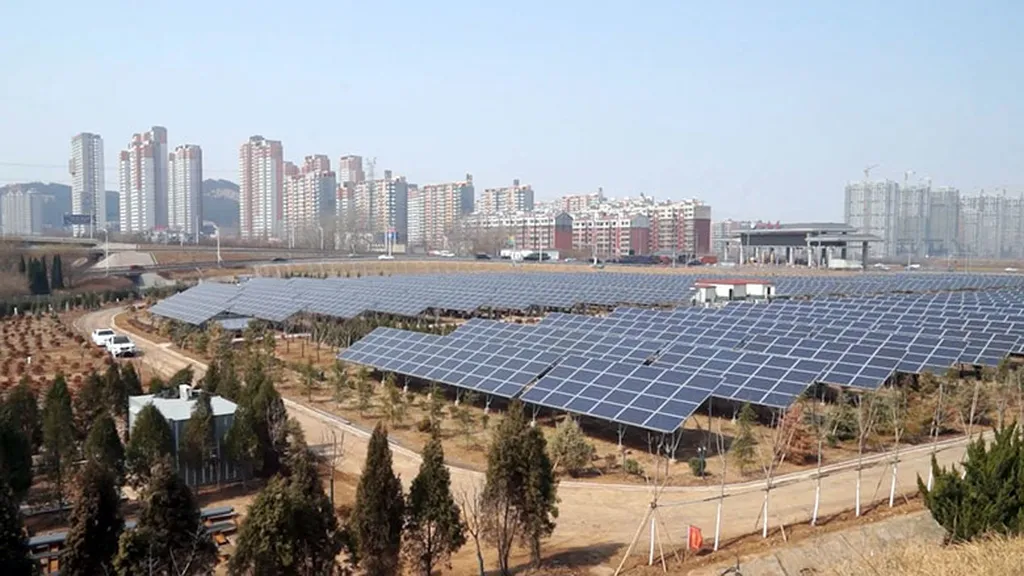In the heart of China, researchers have uncovered a novel approach to tackling persistent environmental pollutants, with implications that could ripple through the energy sector. Shulan Pu, a scientist from Chengdu University and Southwest Jiaotong University Hope College, has led a team to develop a new photocatalytic material that could revolutionize how we deal with stubborn contaminants.
The team’s focus was on flower-like BiOBrxI1-x solid solutions, a compound that might sound complex but holds significant promise. These materials were synthesized using a straightforward precipitation method, making them potentially scalable and cost-effective. The key to their success lies in the material’s ability to degrade organic pollutants like tetracycline, oxytetracycline, and rhodamine B dye with remarkable efficiency.
“Our findings demonstrate that the formation of a solid solution alters the band structure and provides multiple active sites for photocatalytic reactions,” Pu explained. This alteration accelerates the separation of charge carriers, a critical factor in enhancing photocatalytic performance. The most effective compound, BiOBr0.5I0.5, achieved degradation efficiencies of 81.7% for tetracycline, 76.4% for oxytetracycline, and a staggering 98.5% for rhodamine B dye within just 30 minutes.
The implications for the energy sector are profound. Photocatalysis, the process by which light is used to accelerate chemical reactions, is a burgeoning field with applications ranging from water purification to hydrogen production. Efficient photocatalytic materials like those developed by Pu’s team could enhance the performance of solar-driven processes, making them more viable and competitive with traditional energy sources.
Moreover, the ability to degrade organic pollutants efficiently has direct environmental benefits. As the world grapples with the consequences of industrialization and pollution, innovative solutions like these could play a crucial role in mitigating the damage.
The research, published in the Journal of Science: Advanced Materials and Devices (translated from Chinese as 《先进材料与器件》), opens new avenues for exploration. The team’s work not only highlights the potential of BiOBrxI1-x solid solutions but also underscores the importance of continued research in photocatalysis. As we strive for a more sustainable future, such advancements could be the key to unlocking cleaner, more efficient energy solutions.
Pu’s research is a testament to the power of innovation and the potential of advanced materials to address some of our most pressing environmental challenges. As the energy sector continues to evolve, the insights gained from this study could pave the way for groundbreaking developments, shaping the future of clean energy and environmental remediation.

